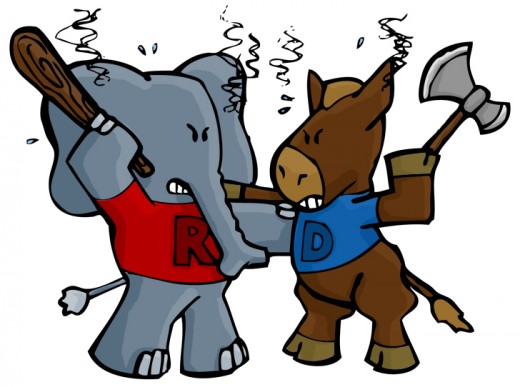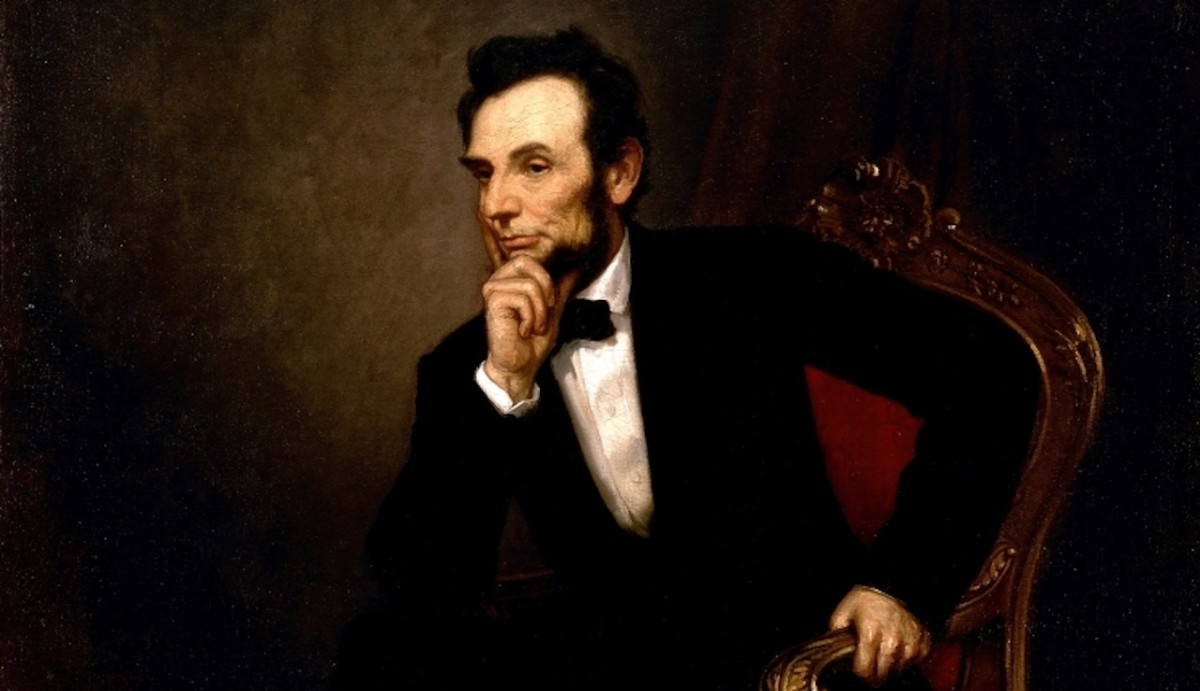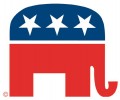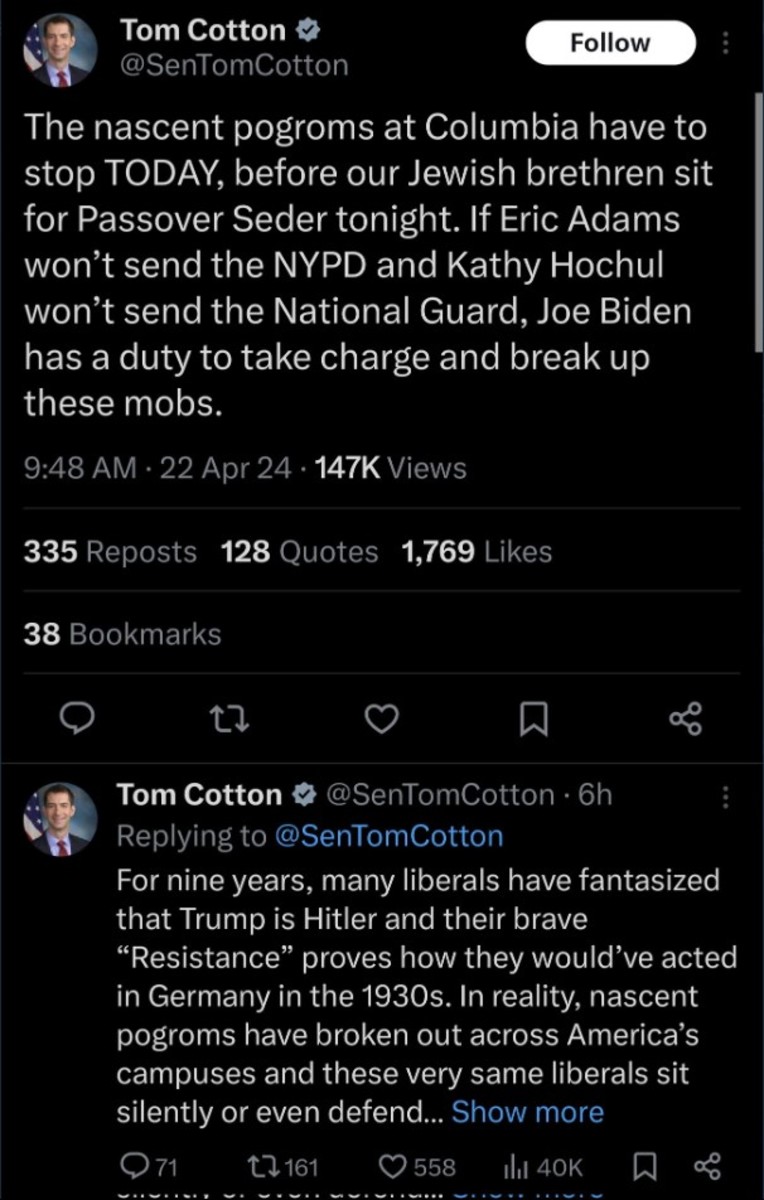American Political Polarization:Are the 1960s the cause?
Two opposing sides!

American Political Polarization: Are the 1960’s the cause?
In recent years there has been a lot of talk about America and its vast political division. We see how liberal Democrats have gotten so liberal while Republicans keep getting more and more conservative.
We see this played in our current primary season: John Kasic who is one of the more liberal Republicans running in this primary season was considered a solid member of the right wing back in the mid-1990s. An avowed Socialist such as Bernie Sanders would have had no chance running in a Democratic primary in 1992 is now in second place to Hillary Clinton.
Why is this happening within the American political system? Why
are the politicians in both parties clinging to the hardline strict
position of their party,liberal and conservative? And why are
fewer and fewer politicians in each party of the moderate stance?
Many different reasons are trotted out for the explanation.
Some would say that the widening income disparity between
rich and poor, some would say it is caused by our increasing
racial diversity which started back in the 1960s and others might
say that the media has caused this vast chasm in our political life.
I do not discount any of these assertions. But I wish to focus on
one of my own. In my own opinion I feel that we should look to the American history and specifically the 1960s and its cultural change
to understand our current political situation.
We should first go back to the election of year of 1968
to begin this examination. In doing this we find surprisingly
that both political parties contained striking diversity. The
Democratic candidate for President that year was Hubert
Humphrey. This was a candidate who not only strongly
supported gun rights,tax cuts,and welfare reform but publicly
criticized welfare as encouraging the tendency of out of wedlock
births among poor women. This criticism was shockingly similar
to the Republican Vice President Dan Quayle’s critique
in the late 1980s.
How could the Democrats a party that strongly supported liberal
causes as the Great Society,ending the Vietnam War, and women’s
rights nominate such a conservative as Humphrey? This happened
because the Democratic party was more ideologically diverse
at this time in history, it had a conservative wing that gave
Humphrey his legitimacy. The party they ran against in 1968 was
no less diverse. The Republican party boasted three major
candidates at its 1968 convention. They were: Conservative
icons Ronald Reagan and Richard Nixon and also the Liberal
icon, Nelson Rockefeller. The winner of the GOP nomination,
Nixon campaigned as a conservative but once he took office
In 1969 he put through liberal policies such as wage and price
controls and environmental legislation. So we see how diverse
each of the political parties were back in 1968. This diversity
within party ranks causes each party to put forth a less extreme
candidate for the presidency since each party had to work out
its differences and come to a compromise before the general
election. Hubert Humphrey was for tax cuts and gun rights,
but also supported the entire union agenda. Nixon stood
strongly for fighting the Vietnam War but desegregated
several southern schools. When each party if of one
single ideological bent it just reinforces that one ideology
and gives no reason for compromise. This compromise
usually leads to a more moderate candidate.
So the next question is how did this happen? How did
each party lose its ideological diversity and become so
monolithic in its viewpoint. In order to answer this
question we must look to the 1960s and the corresponding
cultural upheaval. One of the bi-products of the 1960s
was the creation of the New Left which not only believed
in redistributing wealth from rich to poor but also strongly
desired the elimination of traditional rules of our culture
such as the women’s role,sexuality and the influence of
religion.
This had a lot in common with the Rockefeller liberal wing
of the Republican party who had similar ideas in both
the economic and social spheres. The more conservative wing
of the Democratic party which had a lot of southern members
was horrified by the sixties and the New Left that came out
of it. They left the Democratic party and fell into the arms of
the Goldwater/Reagan wing of the GOP.
So now in 2016 have two major political parties both
overwhelmingly loyal to one ideology be it liberal or
conservative with very few moderates in either camp.
What does this bode for the future? That is a big
question. If the American public continues to be
unsatisfied with the results that our political leaders
produce then we may see a new centrist party come
forth to change the political landscape.








